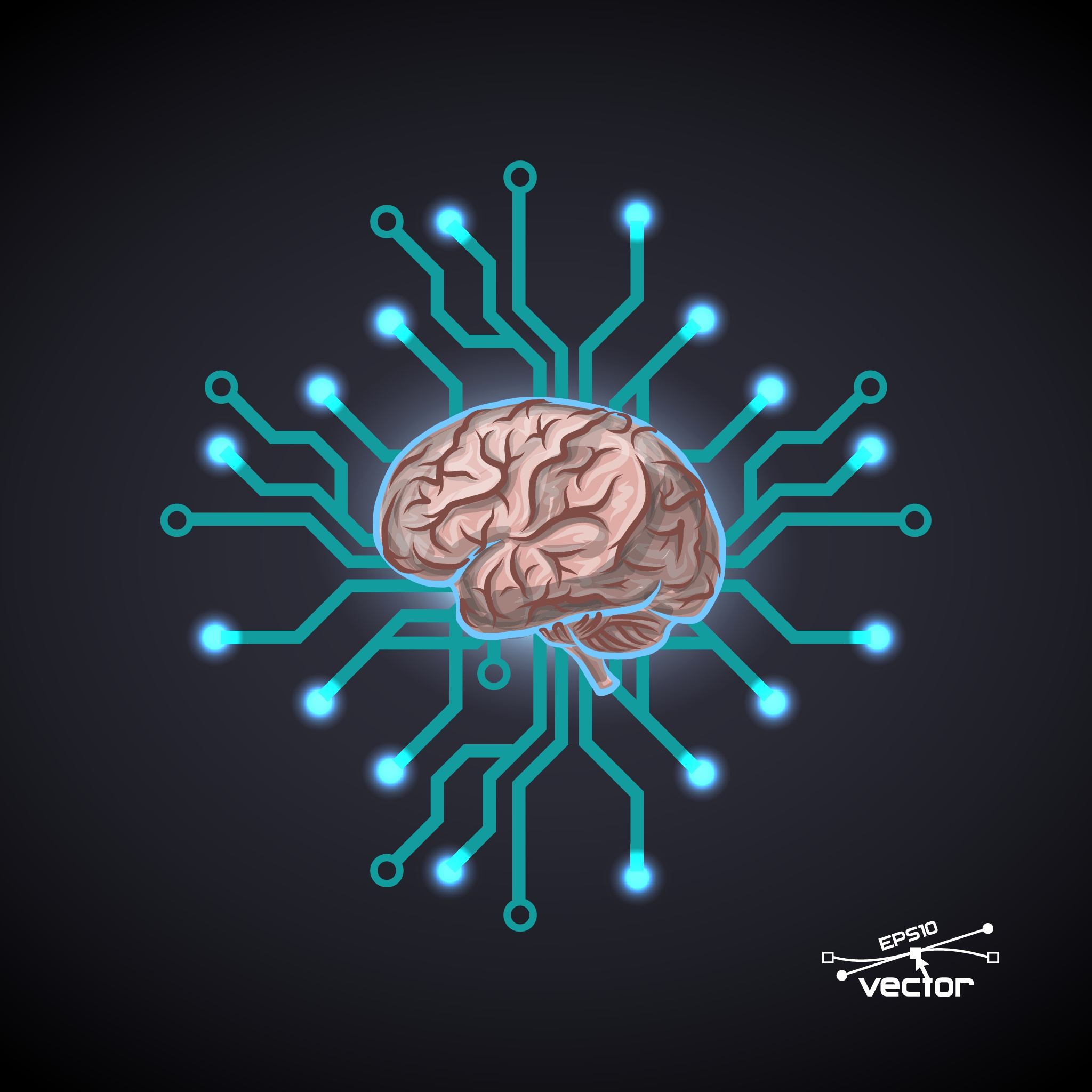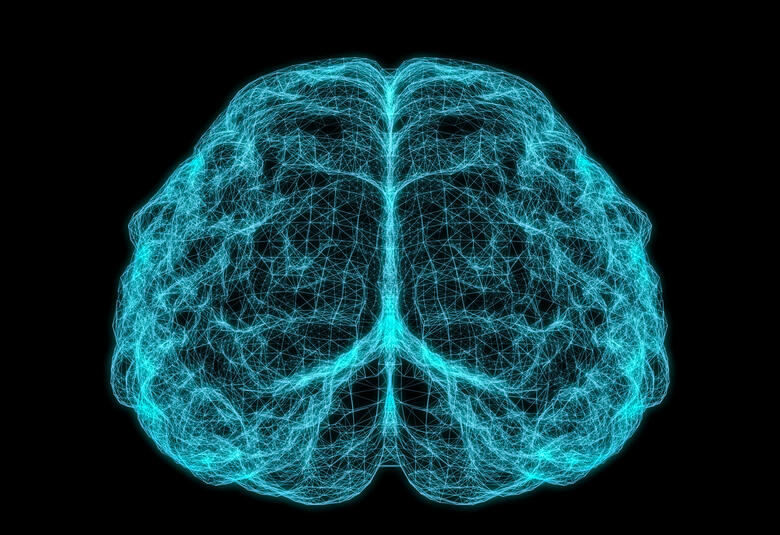Science is beginning to reinforce the practice of psychiatry through increasing understanding of neurobiology, said Sheldon Preskorn (Professor of Psychiatry, University of Kansas School of Medicine-Wichita, Wichita, KS). At a fascinating session at Psych Congress, he explained why psychiatry can be compared to computer science, how synapses enable learning, and why emotions precede cognition, and highlighted the importance of brain circuits and that psychopathology can result from faulty connections.
The brain is effectively five “brains” layered on top of each other
The brain has evolved over the past 3 billion (3000 million) years and was last upgraded 10,000 years ago when gene variants developed, said Professor Preskorn. As a result, it is effectively five “brains” layered on top of each other, with the most basic “brain” being the spinal cord. It comprises:
- 100 billion (1011) neurons
- 10–50 glial cells per neuron
- 1 quadrillion (1015) synapses
The brain is organized into hierarchical circuits, with the lower brain regulating the internal environment, while the higher brain interacts with the external environment.
Synapses enable learning
The brain is not hardwired, explained Professor Preskorn. Instead the synapses in the brain that transmit the signals they receive from one neuron to another by diffusion chemistry enable learning.
Each receptor in the nerve ending is subject to genetic variance
The monoamine synaptic neurotransmitters — such as dopamine, serotonin (5-hydroxytryptamine [5-HT]), norepinephrine and epinephrine — set the tone, but do not carry point to point information, he said. Each receptor in the nerve ending is encoded by a gene and is subject to genetic variance.
Psychiatry is therefore like computer science, Professor Preskorn said. The hardware (brain) cannot function without the software (learning throughout lives).
The thalamic-pallidal-striatal-cortical circuit impacts motor, spatial, visual and affective functions
The thalamic-pallidal-striatal-cortical circuit describes the brain circuit between the thalamus (a relay station that sends sensory information to different regions of the brain), the globus pallidus (the oldest part of the striatum), the striatum (basal ganglia), and the cortex, explained Professor Preskorn.
Some psychopathology involves faulty connections
The basic structure of the circuit has evolved over different domains of functioning, and it impacts motor, spatial, visual and affective functions, explained Professor Preskorn.
The striatum was initially thought to have a purely motor function. However, through its connections with the cortex, thalamus and brainstem to integrate and respond to sensory, emotional and cognitive inputs, it is now known to orchestrate and execute planned goal-directed behaviors.1
Some psychopathology involves faulty connections within the thalamic-pallidal-striatal-cortical circuit, while use of LSD leads to afferent input to the “wrong” regions, resulting in visual and auditory hallucinations, added Professor Preskorn.
Emotions precede cognition
Cognition does not cause emotions, but can help train emotions
The amygdala is a nucleus deep within the medial temporal cortex. It processes emotional information, such as fear extremely quickly and before it is perceived cognitively by the frontal lobes.
Emotions, therefore, precede cognition; and cognition does not cause emotions, but can help train emotions, Professor Preskorn explained.
Together with the hippocampus, the amygdala enables learning from experience. The hippocampus “cuddles” the amygdala in the brain and is responsible for declarative memory. It is impaired in depression.
People with depression show reverse emotional valence
Reverse emotional valence is a phenomenon observed in people with depression. These individuals overrate negative faces that are shown to them so quickly that they do not know if they have seen them, and this can be monitored using positron emission tomography. In contrast, people who have never been depressed overrate happy faces.




